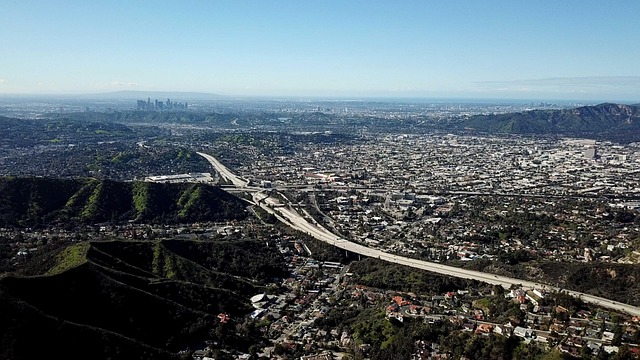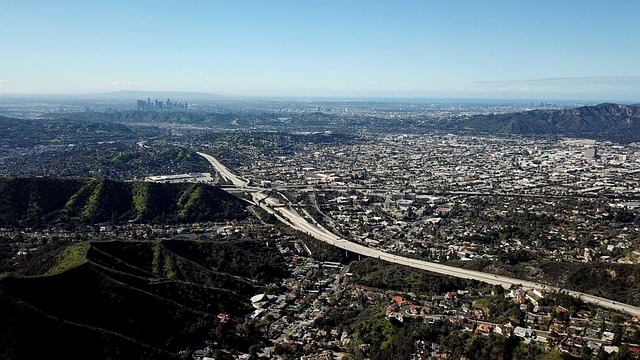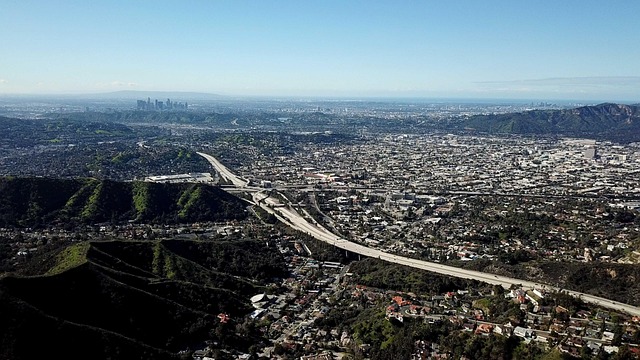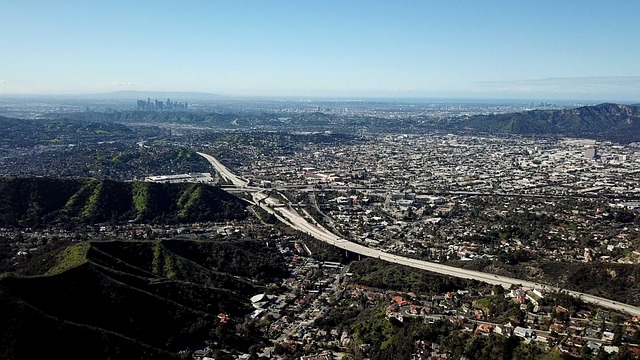The Arizona Cardinals Stadium construction has dramatically impacted local real estate, increasing property values and spurring development. As a popular attraction, it draws large crowds for events, boosting foot traffic and business growth. This has encouraged investment in housing and commercial spaces, revitalizing neighborhoods and driving up rental rates and taxes. The stadium's influence continues to shape the community, fostering economic expansion and transforming the real estate market.
The Arizona Cardinals stadium has become a vibrant hub, attracting crowds and transforming the local real estate landscape. This introduction delves into the multifaceted impact of the stadium on the region’s property market. From increased demand to construction booms, the facility acts as a powerful economic magnet, influencing nearby real estate values significantly. Crowds gather not just for games but also for events, creating a bustling atmosphere that resonates throughout the community.
Arizona Cardinals Stadium's Impact on Local Real Estate

The construction and subsequent opening of the Arizona Cardinals Stadium have significantly influenced the local real estate market, leading to a surge in property values and interest within the vicinity. As one of the premier sports venues in the region, the stadium attracts sizable crowds for games, concerts, and events, bolstering the area’s desirability. This increased foot traffic and exposure have prompted developers and investors to take notice, resulting in new construction projects and renovations aimed at capitalizing on the growing demand for housing and commercial spaces.
The stadium’s impact extends beyond individual properties; it has revitalized entire neighborhoods, with a ripple effect that raises rental rates and property taxes. Businesses too have flourished in this transformed landscape, as restaurants, bars, and retail shops benefit from the increased activity centered around the stadium. This synergy between sports entertainment and real estate development promises to continue shaping the local economy and community dynamics for years to come.
Crowds and Construction: A Stadium's Real Estate Influence

The Arizona Cardinals’ stadium has become a bustling hub, attracting massive crowds and transforming the local real estate landscape. The construction of this iconic venue didn’t just create a space for athletic events; it sparked a chain reaction in the surrounding area’s development. With its state-of-the-art amenities and prime location, the stadium has elevated the value of nearby properties, becoming a central point that attracts investors and businesses alike.
This new addition to the urban landscape has not only boosted local economy but also redefined the real estate market. The influx of fans and the increased visibility have made the area more desirable, leading to a surge in commercial and residential development. As such, the stadium serves as a testament to the significant influence a sports venue can have on a community’s growth and transformation.
The Economic Draw: Cardinals Stadium and Property Values
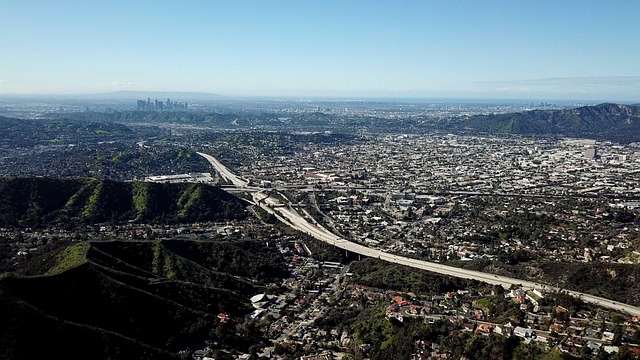
The Arizona Cardinals’ state-of-the-art stadium, an iconic landmark in the sports scene, has significantly boosted the local economy and real estate market. The construction and subsequent opening of this venue have attracted immense attention, drawing large crowds not only for games but also for concerts and special events. This influx of visitors has led to a notable increase in property values around the stadium area. Real estate experts attribute this trend to the improved accessibility, enhanced infrastructure, and growing desirability of homes close to such a vibrant hub.
The economic impact is twofold; it not only benefits local businesses through increased footfall but also raises property taxes, which can have long-term effects on the region’s real estate landscape. With the stadium serving as a central attraction, the surrounding neighborhoods are experiencing a renaissance, making it an attractive prospect for investors and residents alike.
